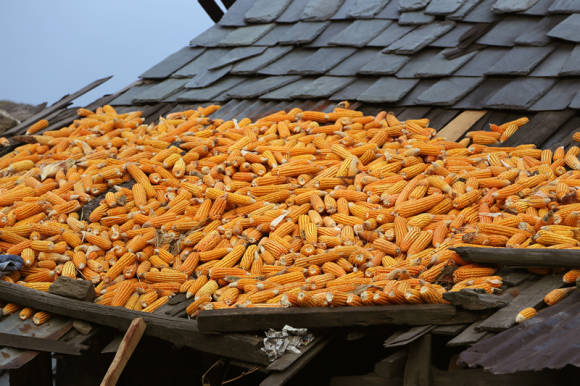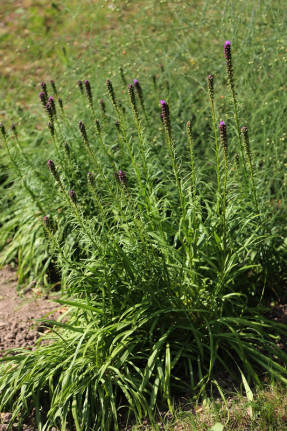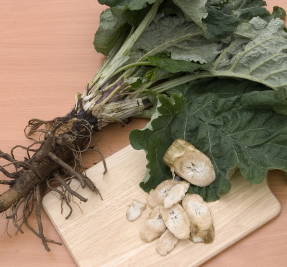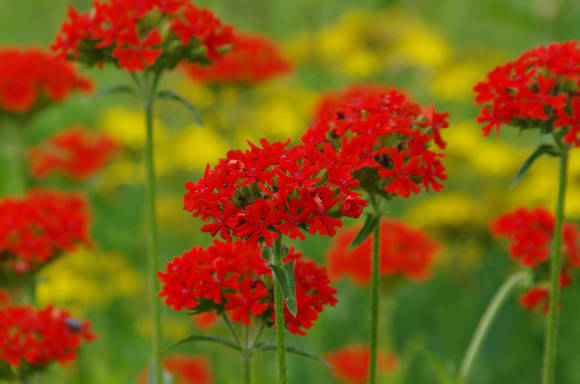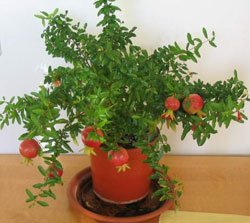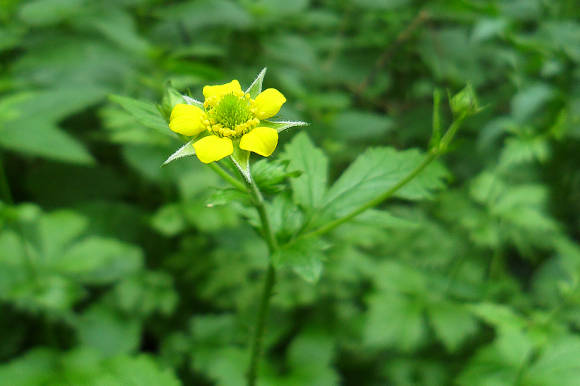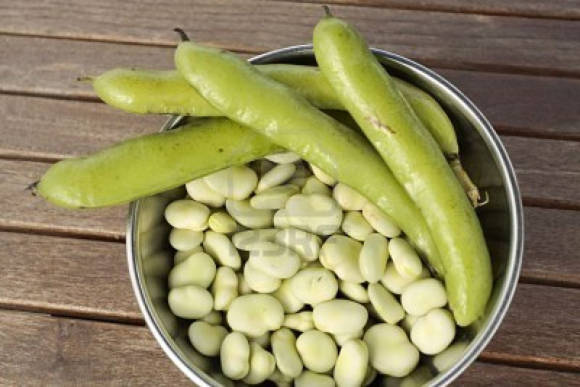Nowadays, perhaps, it is impossible to imagine a personal plot without flowers. And this is not surprising, because they give a feeling of happiness, delight the eye with bright colors.
Ageratum (Ageratum) - a unique flower for creating landscape compositions. The blue rugs of this plant are very fond of gardeners, who use them to perform landscape compositions at various flower exhibitions and in urban landscaping.

Among annuals, plants with bright blue flowers can be counted on one hand. One of the few is the hero of our article - Ageratum.
Recently, he turned from a beggar into a prince, he was noticed, loved and actively planted in flower beds. The breeders also did not stand aside, they began to develop new varieties, and their successes were rewarded according to their merits. But first things first.

 |  |
 |  |
Ageratum in translation means - "ageless". The plant received this name not only because the period of its flowering lasts from June to September, almost before the onset of frost, but also because its flowers retain their brightness and color intensity for a long time. Obviously, this is the reason that the plant is affectionately called by the people a long-flowered plant.
Ageratum is a perennial plant that belongs to the Asteraceae family, but is cultivated in the open field as an annual. His homeland is Central and South America. In culture, the most common ageratum of Houston, or Mexican (Ageratum houstonianum).
It is a highly branched, compact plant with a height of 15 to 50 cm, with dark green, pubescent, heart-shaped leaves. Plants have many branches, which are covered with hairs of short length. In their shape, the leaves can be triangular, rhombic or oval, serrated along the edges, located opposite.
The flowers of the ageratum are small, narrow tubular, fragrant, bisexual. The stigma and the column are almost twice as long as the corolla - this makes the inflorescences unusually decorative and fluffy. The color of the flowers is often blue, but there are varieties with white, blue, lilac, pink flowers.
Flower baskets with a diameter of 1 to 1.5 cm form dense or loose corymbose inflorescences up to 10 cm in diameter, which completely cover the entire plant. The plant blooms profusely and for a long time, from June to frost. Ageratum varieties vary greatly in height, color and size of inflorescences.

Growing ageratum
Ageratum is a light-loving, heat-loving and drought-resistant plant that requires moderate watering. Plants are damaged even by slight frosts, therefore, it should be planted in open ground after the end of the period of return frosts.
The plant is very fond of light and warmth. Neither wind nor rain spoils it at all. The plant prefers open, sunny places, although it also tolerates partial shade, but at the same time the brightness and colorfulness wilts, the plant stretches and blooms weakly.
The soil... Ageratum is not too whimsical to the soil, but it looks more luxurious only on loamy and sandy loam, non-acidic fertile land. He does not tolerate damp and stony soils, he can get sick from excess moisture, he does not like fertilizing the soil with fresh manure.
Care... The plant requires almost no maintenance, tolerates transplantation well, after which it grows well and quickly becomes covered with flowers.
For better flowering, moderate watering is required and, preferably, fertilizing with mineral fertilizers. The use of organic fertilizers enhances the growth of leaves and stems, but reduces the flowering of the plant.
Faded inflorescences on plants must be removed.

Reproduction of ageratum
Sowing seeds... Basically, gardeners propagate ageratum by seeds. They are sown in March or early April in greenhouses to get seedlings. Since the seeds are quite small, they are only slightly sprinkled with soil, the surface is sprayed with water from time to time, the boxes are covered with glass or film.
Ageratum seedlings appear in two weeks, and after another week they can be cut into separate pots. Seedlings do not tolerate moisture. They are planted in open ground after the end of spring frosts, the distance between plants is maintained during planting 15–20 cm. Plants bloom 60–70 days after germination.
In the case of too elongated seedlings, it is necessary to pinch the shoots at the top. Seedlings dive twice before planting in a permanent place.
Cuttings... But with seed reproduction, existing varieties do not produce homogeneous offspring. Therefore, to obtain a homogeneous planting material, ageratum is often propagated by cuttings.
For this, the most typical, well-flowering plants are selected and planted in pots. Once rooted, they hibernate well in a room and can grow for several years as perennials.
In early spring (in March), plants are cuttings. Cuttings root quickly at a temperature of + 18 ... + 20 ° C. Young plants, depending on the variety, are planted at a distance of 15 to 25 cm.
Ageratum in the landscape
Ageratum is a unique flower for creating landscape compositions. He trims well, gives young growth quickly and blooms profusely. It is this quality that makes the plant very convenient for creating bright carpets and low borders.

Ageratum can be planted along the paths, along the edge of the flower garden, in large groups in the foreground of the lawn so that a dense bright color spot is obtained. The plant can be used for landscaping terraces, balconies, containers.
Ageratum is not afraid of the wind at all, so it can be planted on the balconies of multi-storey buildings. And above all, it looks good in bouquets.
All varieties and hybrids of ageratum bloom for a long time, from early June to September. But in order for it to be magnificent, several conditions must be met.
- Firstly, plants are compact only in open, sunny places. Even with a little shading, they stretch and bloom uncommonly.
- Secondly, the soil should be light, neutral, ageratum develops many shoots and leaves on too fertile soil to the detriment of buds.
- Thirdly, if the plant is still stretched out, feel free to cut it off, because ageratum easily tolerates a haircut, after which it quickly grows back and blooms profusely again. This technique is also used to prolong flowering.
Ageratum is very beautifully combined with orange and yellow high marigolds, white snapdragons, marigolds, zinnia, etc.
Look good next to ageratum, for example, hybrid verbena, which has pink flowers. You can also complement such a composition with the help of graceful white zinnia. An interesting effect can be created by combining cleoma and ageratum. Excellent companions for him are heliopsis, marigolds, kosmeya, calendula, rudbeckia.
"Ural gardener", No. 41, 2017
